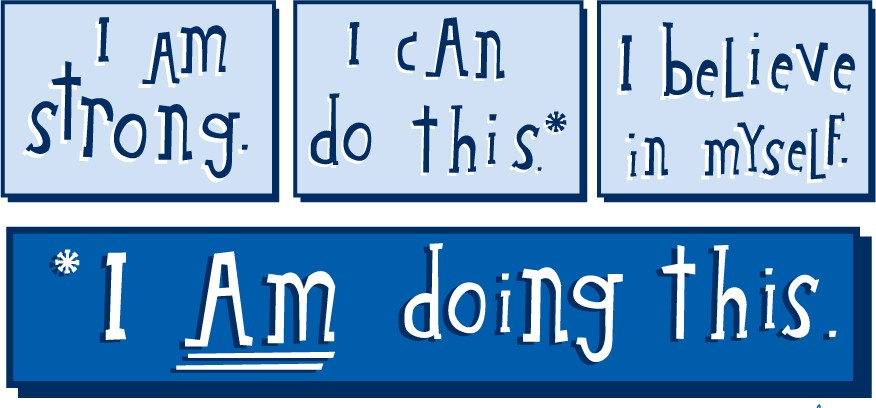I have recently been inside a 4th grade classroom to do three weeks of student teaching, otherwise known as field work. I have been asked to teach a math unit, and it made me a little nervous because I have never used a math textbook to create many lesson plans. I have a good friend named Rachel who is a teacher, and she happens to teach fourth grade. I called upon her to get some ideas for some math, and to see if my math lessons would be up to par for my cooperating teacher.
As I was talking to her, she mentioned something too me. She told me that during the first week of school, and during those first few days of learning new concepts in math, she tells the students that there will be times where they might not understand something, they might get something wrong, and they might get frustrated. However, she tells them that feeling those things is okay. They are here to learn and she is always their to coach them along. They practice together, and they learn together. She is their coach.
What stuck out to me was the word coach.
Coach
3. Sports A person who trains or directs athletes or athletic teams.
4. a. A person who gives instruction, as in singing or acting.
b. A private tutor employed to prepare a student for an examination.
Does a coach do the following things?
Does a coach make an athlete feel unique and valuable as individuals, and are important to the team?
Does a coach make an athlete feel like they are there to help them find and develop abilities as individuals and as a team?
Does a coach help each athlete and team to become as capable as possible?
Yes!!!
What about a differentiated teacher? Can a teacher be just like a coach? Can we cheer on our students, and help them improve?
Can a teacher do the following things?
Can a teacher make a student feel unique and valuable as individuals and are important to the class?
Can a teacher be there to help a student find and develop abilities as individuals and as a class?
Can a teacher help each student and class to become as capable as possible?
Yes!!!
As I have stated before, students need affirmation, contribution, power, purpose, and challenge. Those three things that teachers and coaches both do, are things that we must let our learners know.
What else do teachers and coaches have in common????
We both want to build a good environment for out teams! How can this be done? Practice it, one thing at a time.Here are some ideas...study students cultures, convey status, commend creativity, make room for all kinds of learners, help students know about one another, celebrate success, have communication in the classroom, have class support systems, and have shared responsibility in the classroom. If one thing is not working, blow your whistle, call time out, and try again.
A lot of teachers feel overwhelmed when it comes to having a differentiated classroom because as teachers we get stuck trying to figure out how to go about this. Well, don't be afraid! Compare yourself to a coach. Let students know that you are there to help them succeed. Let them know that at times they may need extra help, and let them know that is okay. Be there for them, show them you care, and just make them feel safe!














